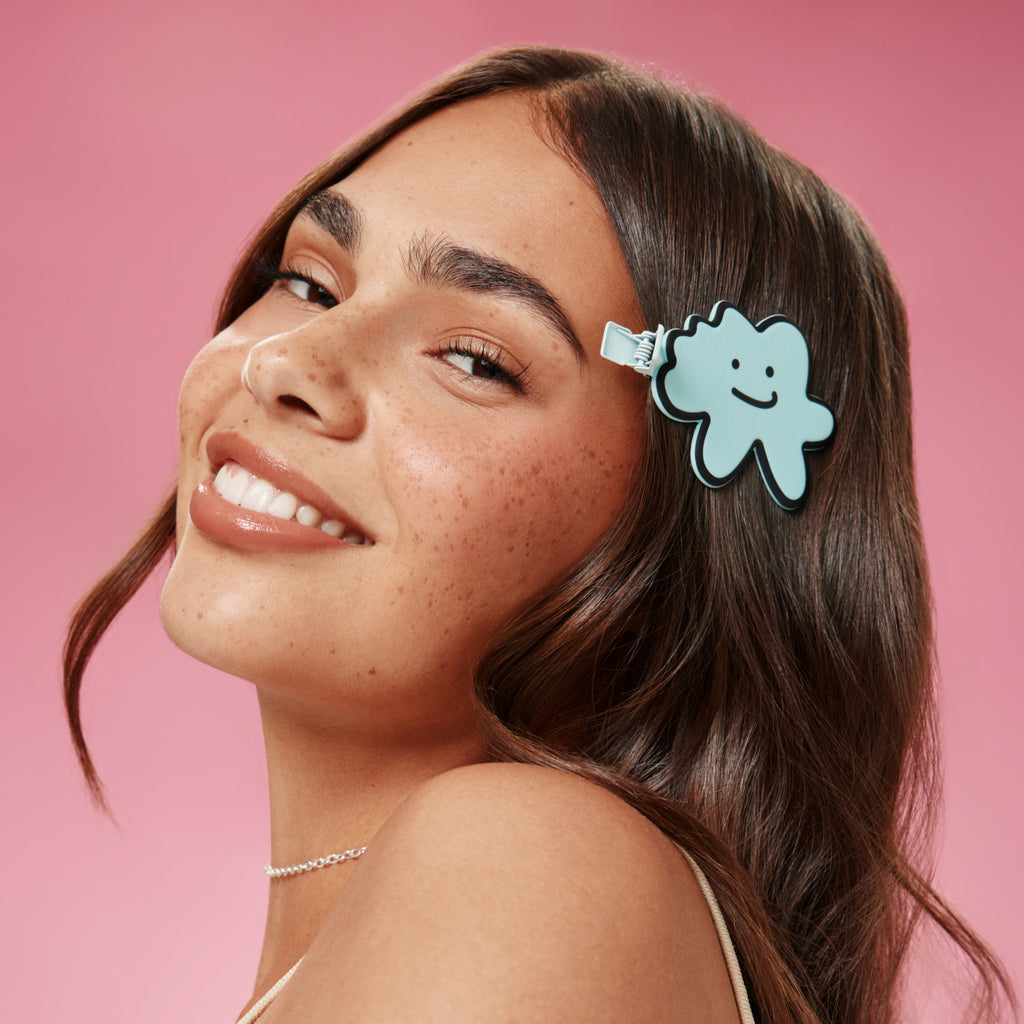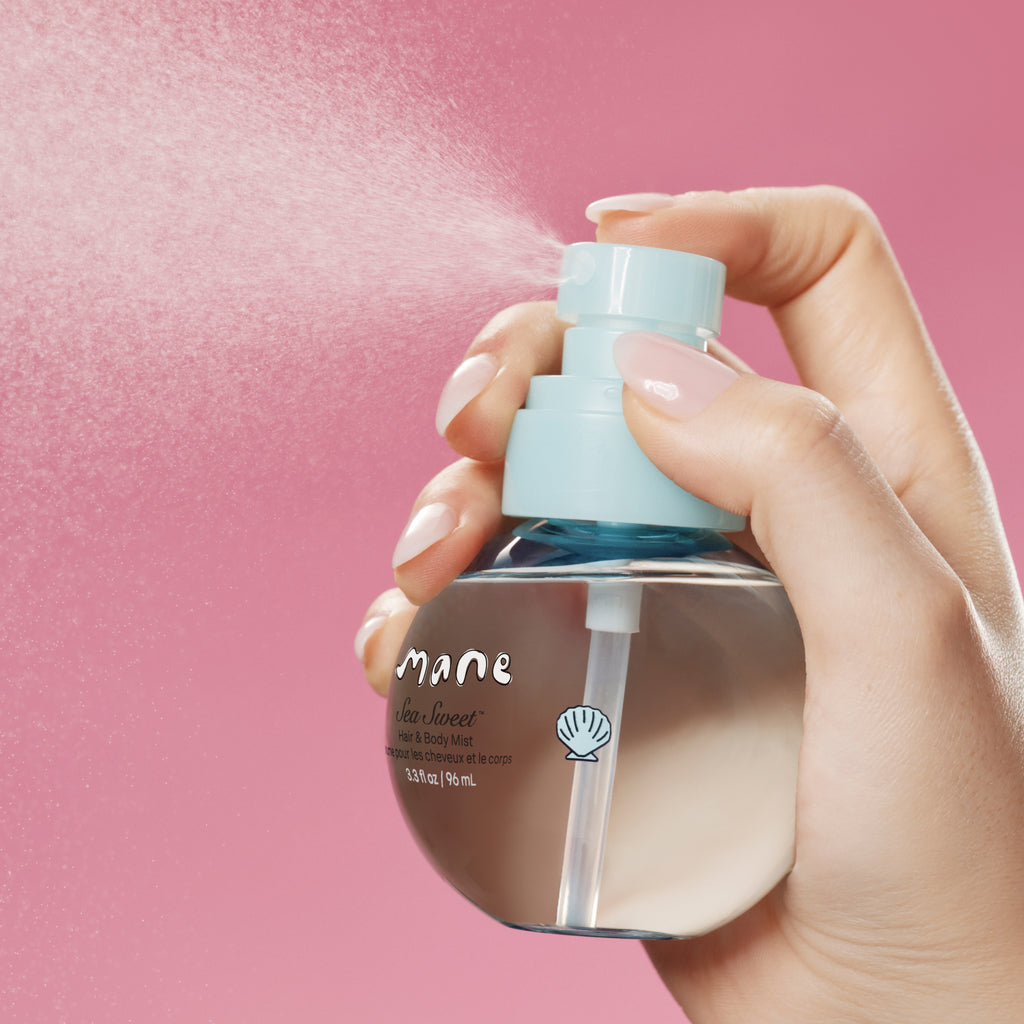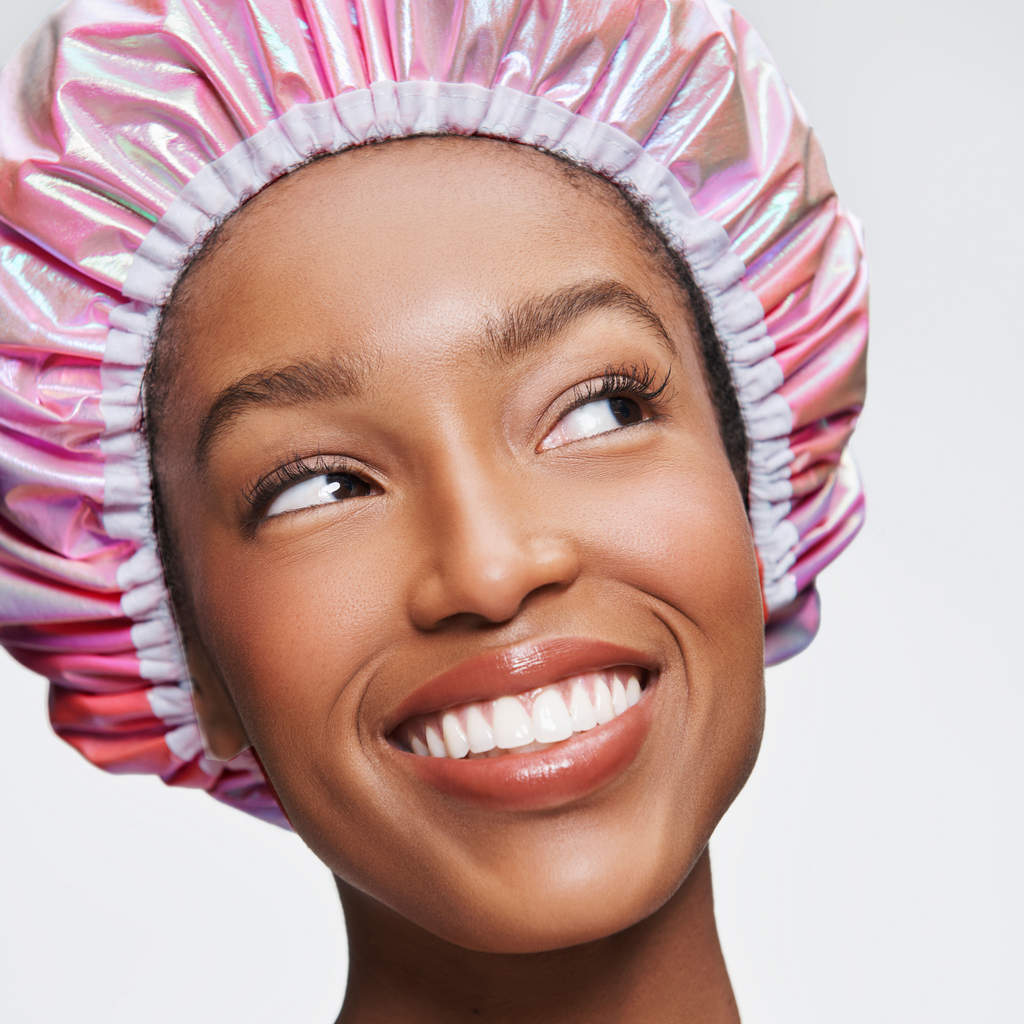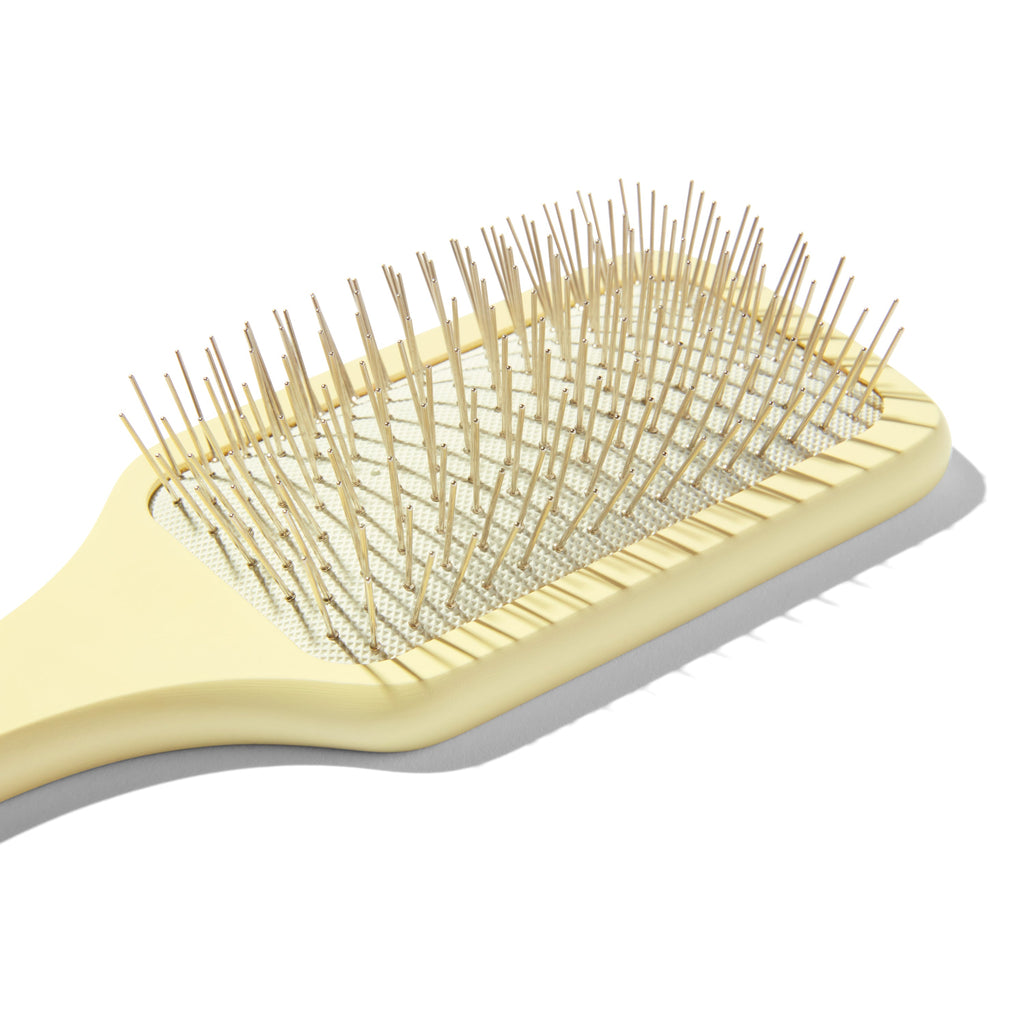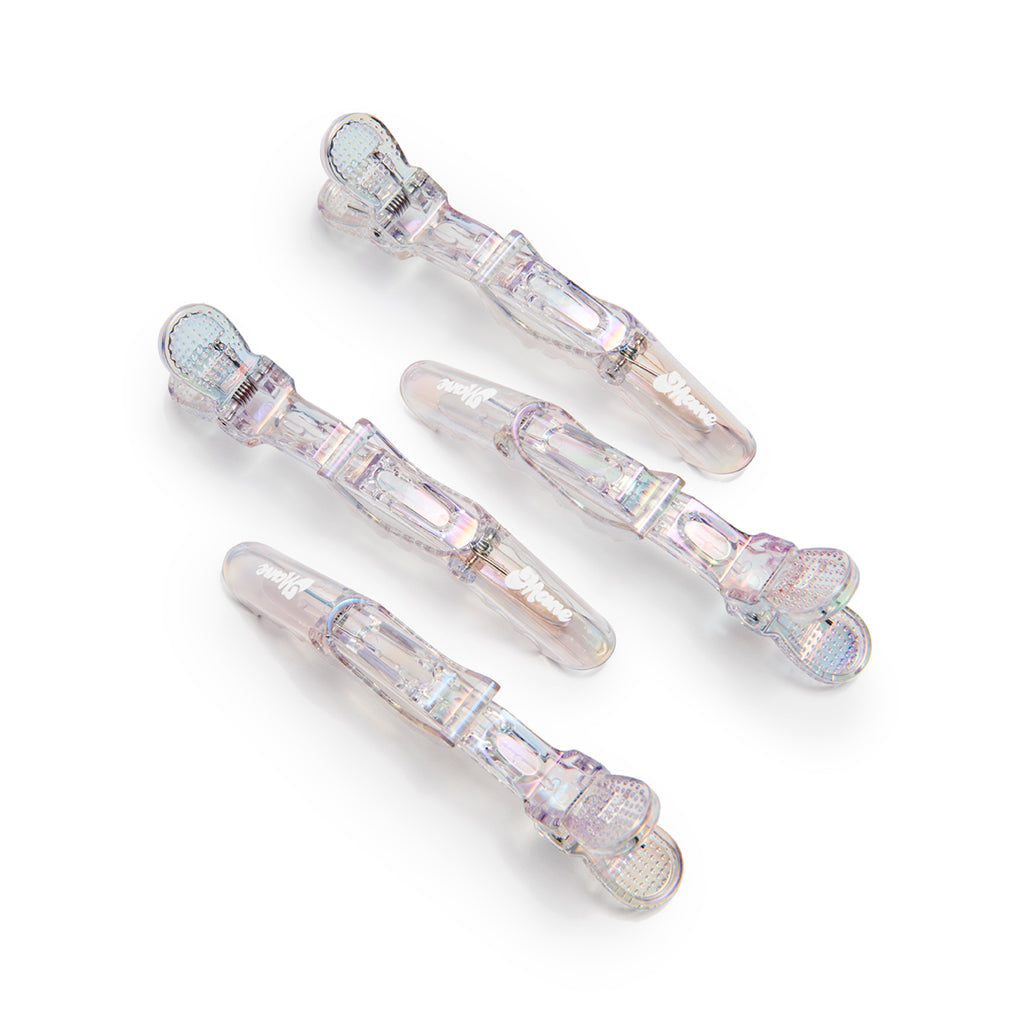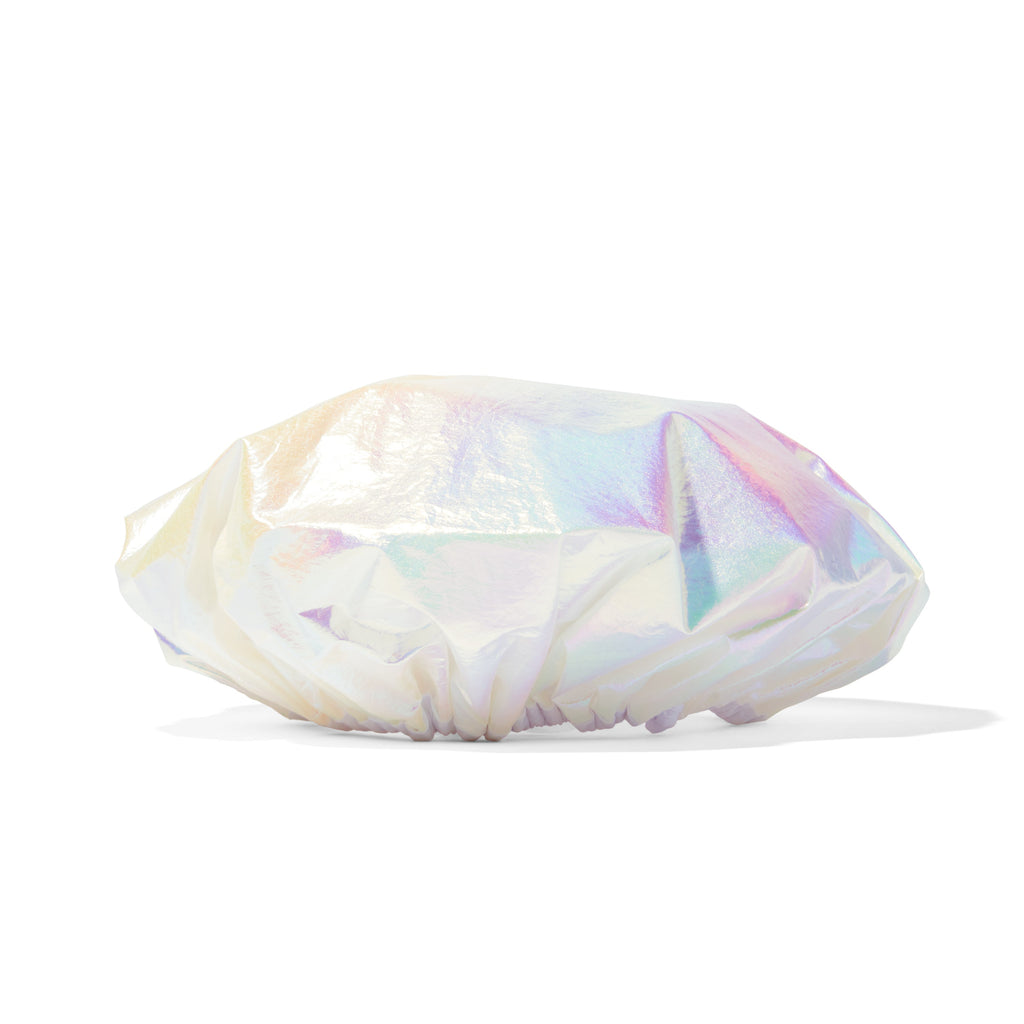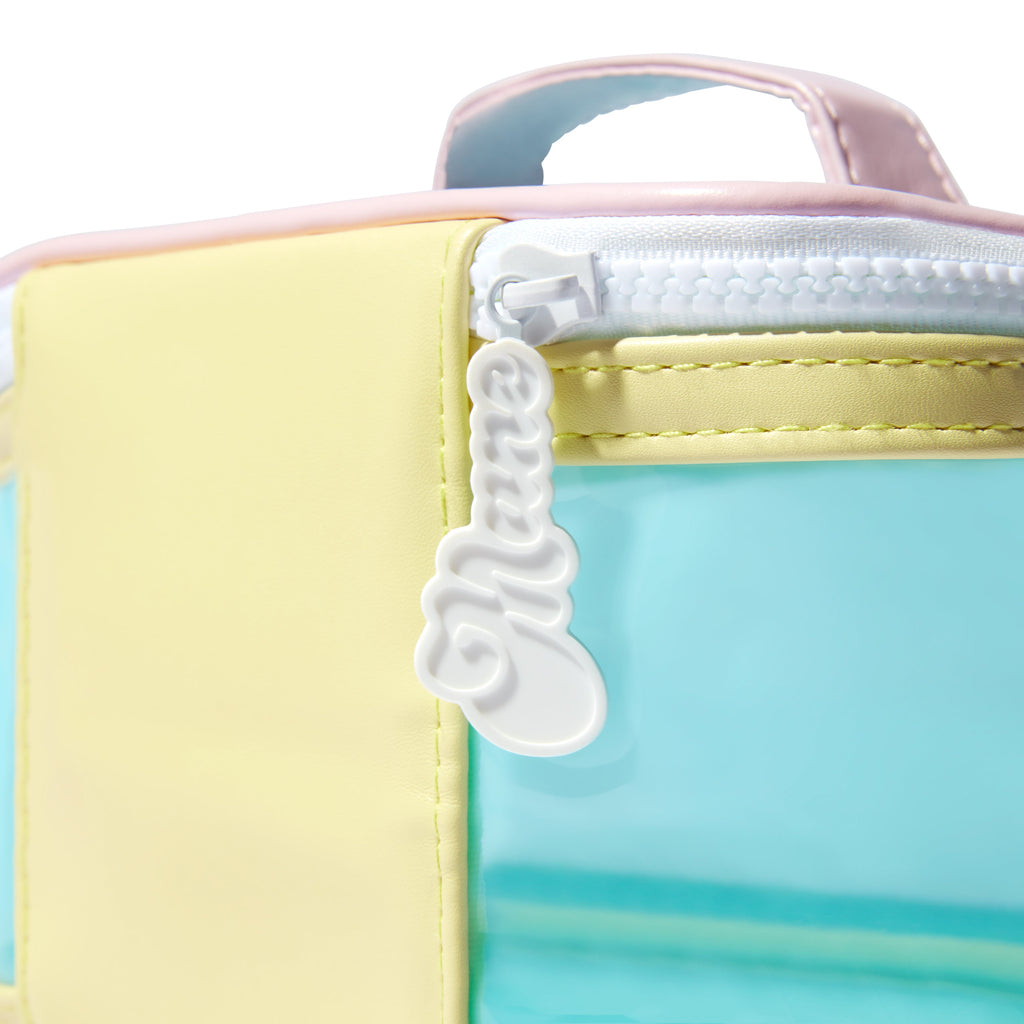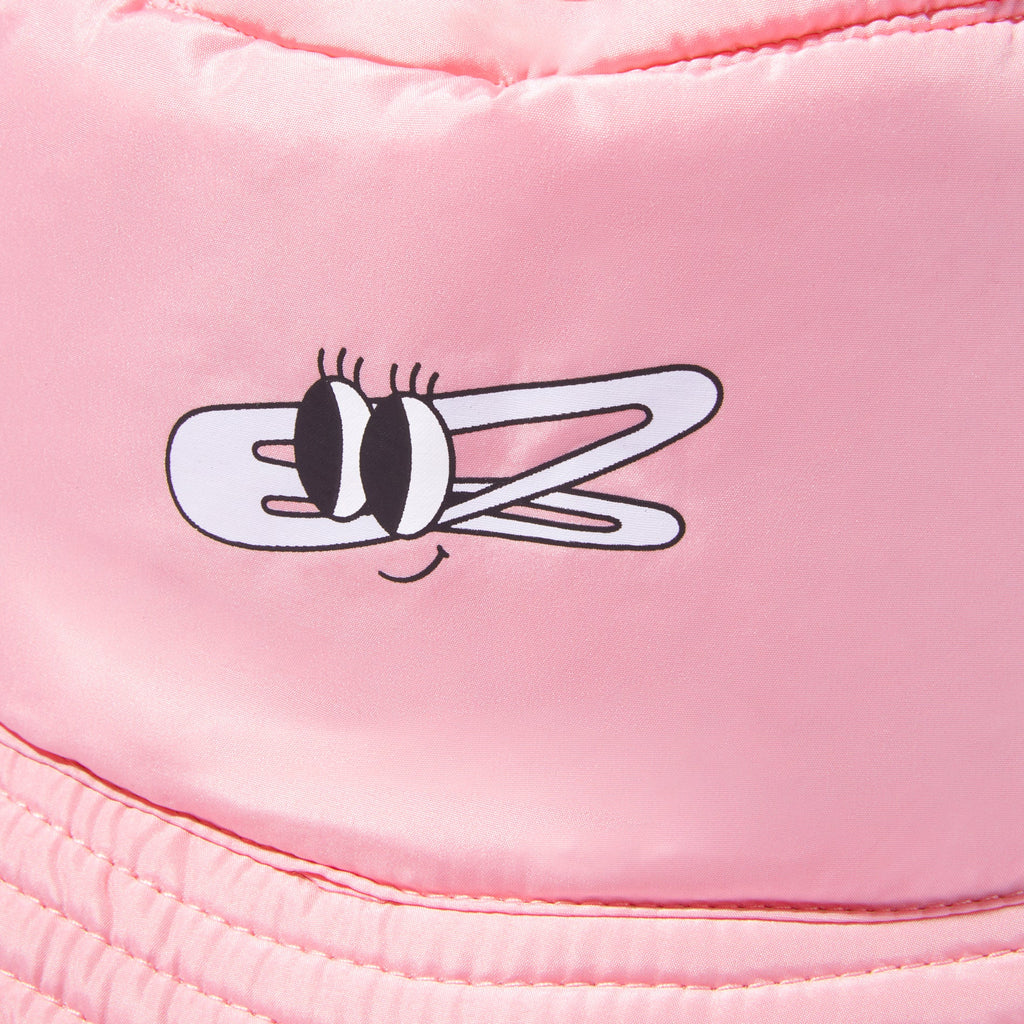Going gray is inevitable (ugh) but how much do you really know about your future head of hair? Did you know that grays are a totally different texture? What do you think will happen if you pluck them? To find out what to expect and distinguish the wives tales from the truth, we looped in color experts Johnny Ramirez and Chad Kenyon for straight from the salon facts.
So you’ve spotted a gray (or grays). What do you do? “As a hair colorist, I’m often the one to discover my client’s ‘first gray,’ shares celebrity colorist Chad Kenyon on the awk behind the chair moment. To help his clients through the transition, he makes sure he choses his words wisely. “I use the word ‘sparkles’ or ‘natural translucent highlights’ for white hair—this adds a bit of humor and lessens the blow. I do have clients in their early 20s who happily welcome what I call early-onset greying,” he says on coming to terms with the idea of going gray (which is obviously the first step.)
Even though your initial impulse might be to dye your whole head immediately, put the box dye down, repeat, put the box dye down. “You have two options to cover grays – you can use permanent color or camouflage the gray,” explains Redken Brand Ambassador, Johnny Ramirez. What you opt for depends on how far along you are in this whole graying process. “I often choose to camouflage away the grays for those clients with less than 50% gray hair,” he explains. “To do this, heavily highlight throughout to open up the majority of the hair then use a demi permanent color like Redken Shades EQ to tone and blend. For male clients, Redken Color Camo is a great option to quickly and easily blend away grays.”
Chad opts for a similar strategy. “A permanent base color can cover gray hair 100%, but I generally recommend holding off as long as possible,” he insists. This is because dying your entire head one color requires more upkeep. “While permanent hair color can lighten or darken virgin hair, as well as cover grays, the luster and tonality may oxidize over time and leaves a line of demarcation when our natural hair grows back in,” he explains. “This requires more frequent salon touch-ups but is often preferable for those who want absolutely no gray visibility.” So again, whichever you choose depends on your level of gray (and how comfortable you are with it).
What Makes Grays, Gray
One of the strangest things about gray hairs is that they are a totally different texture. If you think you’re hair is coarse now, wait till you feel your first gray, omg. The texture of gray hair changes because, according to Johnny, “there is less pigment/melanin, and as the strand loses its color, it becomes courser and wirier.”
“Gray hair happens when a hair follicle has decreased melanin (the pigment in hair and skin),” Chad reaffirms. “White hair happens when a hair follicle has no melanin. The amount of melanin deposited into each hair follicle is genetic occurrence.” This means that asking your family members when they started to turn gray may be a good indication on when it might happen to you.
Don’t Pluck It Up
When you spot a gray, it can pretty much take all of your will power but Do. Not. Pluck. It. Hide your tweezers, cut your nails—just leave it alone. Johnny reassures us that “It’s an old wives tale that if you pluck gray hairs they will grow back stronger,” and it’s also untrue that if you pluck it, it will never grow back—but still don’t pluck and also, be careful. “The follicle underneath the scalp that produces hair will make a new hair where the preciously plucked hair was,” says Chad on plucking. “The follicular process that creates the color of each hair is not always consistent, so the hair plucked may ‘grow back’ as more or less gray. If we get too zealous and over pluck we may eventually remove the follicle, and we would be hairless in that spot,” cautions Chad. And now I’m sweating.
DIY Cover
If grays are an issue but you’re not ready to make an appointment, there are still at-home options that don’t require plastic gloves. Chad recommends his line of Tinted Dry Shampoos, which he says are “perfect for covering grays when you’re not ready to head to the salon.” The shampoo comes in two distinct tones, Lighter Tones, which is ideal for blondes and redheads, and Darker Tones, for brunettes and those with darker hair.
Embrace It!
Otherwise, he suggests violet Shampoos and conditioners, which are a “great way to keep gray hair from appearing yellow or dull.” This is because of how colors are perceived. “Yellow and violet are directly across from each other on the color wheel, which means that they compliment one another or cancel each other out,” he explains.
Johnny recommends a similar solution, and also wants everyone who is going gray to really love their hair. “Embrace it!” he says. “Whether it’s with permanent color or a camouflage technique, there are ways to embrace going gray. If you’re not wanting to color your hair, using a system like new Redken Color Extend Graydiant $20 shampoo and conditioner will help neutralize unwanted yellow tones in naturally gray/silver hair while improving its texture,” he also suggests.
Slowly Transition
If you’re not ready for that route, you can mask your grays (or edge slowly closer to silver) via highlights. “My clients tend to go lighter when grays start to appear,” shares Chad. “This is a popular method of disguising grays by throwing-off onlookers leading them to look at the lighter highlights than to notice the gray hair near it.”
HERE’s how three of our fave colorists cover it up.
SHOP THE STORY
 FREE SHIPPING ON ORDERS $98+
FREE SHIPPING ON ORDERS $98+


